No products in the basket.
Blog
Wondering What the Different Colours and Uses for MDPE Pipe are?
Colours and Differences of MDPE Pipe
It is handy to know the uses of MDPE (medium-density polyethylene) pipe as it’s important that the correct pipework is used for it’s intended purpose. They are the perfect alternative to traditional materials like copper, and especially lead. MDPE is cheaper to buy, safer, corrosion-proof and easier to install due to its flexibility, making your project as efficient as possible. The toughness of the MDPE pipe allows it to be used in all underground projects in order to supply drinking water or gas from an external source to it’s desired location.
The colours of the MDPE pipe denote what is to be carried within. This is especially important when we’re dealing with drinking water and gas for obvious reasons. Below we will go through the different colours and what they’re used for.
Usually you would use the relevant twinwall ducting to protect the pipe, for example, if you are laying blue water pipe then you would use the corresponding blue water pipe ducting.
Blue MDPE
Blue MDPE pipe is used for carrying drinking water. At EasyMerchant we stock in sizes 20-90mm and all of our sizes and lengths are WRAS approved for use in the UK. Using an MDPE system has a range of positives, one of the main being that it won’t corrode, which means unwanted bacteria is not able to build up in the water supply. It is common in the building industry that certain materials are susceptible to corrosion and bacterial or fungi build up; however due to blue MDPE being a non chemically reactive material this does not occur. This results in cleaner water systems. Blue Water MDPE Pipe is usually carried within a twinwall water duct pipe, which is a stronger pipe that the MDPE pipe will be put inside. The duct pipe protects the MDPE underground.
Black MDPE
Single colour black MDPE pipe is commonly used for non drinking water (non-potable).Examples of this may be irrigation and water features such as fountains etc. Usually standard compression fittings are used to join the pipework. Black HDPE (heavy duty polyethylene) pipes are sometimes used for industrial water systems and sewage pump mains. Black HDPE with brown stripes are sometimes used to show that it is a sewage line.
Yellow MDPE
When there are new property developments, yellow MDPE is used for the gas networks that connect to the meter box. It comes in sizes of 20-63mm and lengths of 25-150m and is used for natural gas and LPG. The distinctive colour of the yellow pipe with the black inside makes it easier to identify when the pipe is damaged, which is important as it can become a serious hazard when carrying gas. Not to mention, it is also inert, meaning it won’t react with the type of gas it will be required to carry and also means that it is non corrosive and has an extremely long system life (according to IGN 4-32-18 at least 100 years).
It is also worth noting that yellow MDPE uses different fittings to the other pipes. They’ll either be gas compression fittings or for larger sizes electrofusion fittings in which an electrical machine will pass a current through the fitting, which melts and welds the pipe and fittings together for a permanent fix ensuring no leaks.
MDPE gas pipe will need to be carried in a perforated gas duct pipe for protection while underground.
Barrier pipe MDPE
Barrier pipes exist so that soil contaminants do not enter the water supply. The pipe itself is a composite structure which combines polyethylene with an aluminium barrier which protects your water, all while remaining immune to corrosion. This choice of pipe is perfect for use when building on a polluted brownfield site (contaminated ground) and is flexible and lightweight as well as being easy to set up. It is also commonly purchased by people taking on projects in: agricultural areas, petrol stations and landfill sites. When undertaking certain jobs a blue barrier pipe is a necessity because it offers maximum protection and avoids any substances contaminating the pipe and water being carried through it.
Should I go for Alkathene pipe or MDPE pipe?
There is often confusion between MDPE pipe and alkathene pipe. Black and blue MDPE pipeline products are often named as such. When polyethylene began to be commercially used it was referred to as alkathene but in truth the main difference is that the modern name for the pipework is MDPE pipes/piping. Another different factor is that an alkathene pipe would need to be used in conjunction with a universal coupling adaptor in order to be used with modern MDPE pipe. Nonetheless the material remains the same.
Our pipe is WRAS approved.
So what exactly does this mean? WRAS stands for the water regulations advisory scheme. The approval means that the installation of products such as Blue water MDPE can be used to carry or receive water from a public supply in compliance with rules in the United Kingdom. These specific rules state that a fitting should not cause waste, misuse, undue consumption or contamination of the water supply that people will use and must be ‘of an appropriate quality and standard’.
Essentially, when you see our WRAS stamp next to our products, it is extra reassurance for you that what you are buying is within compliance with any rules and regulations in place. If the material that the product is made out of is not regulated, the water may become contaminated due to dissolving metals or bacteria growth. Which could be going against local laws and may result in criminal action in the worst cases!
A Quick guide to fitting MDPE pressure fittings
- Firstly use pipe cutters to get your pipe to the required length.
- Follow on from this by inserting your pipe liner into the end where you will be applying the fitting.
- Now take your pressure fitting and loosen one side of the nut. Proceed to push the pipe through the loose side until it is past the O-ring.
- After this use a strap wrench to tighten the loosened side of the fitting.
A Quick guide to fitting MDPE Push fit fittings.
- Firstly use pipe cutters to get your pipe to the required length.
- Follow on from this by inserting your pipe liner into the end where you will be applying the fitting.
- Put your pipe side by side with the push fitting and use the depth indicator to make markings accordingly.
- Proceed to push your pipe into the fitting until it reaches the marked area.
For a full guide on how to join these pieps, see our How to Join Different Types of Plastic Pipe blog post here.
Shop MDPE Products
Sale!
Sale!
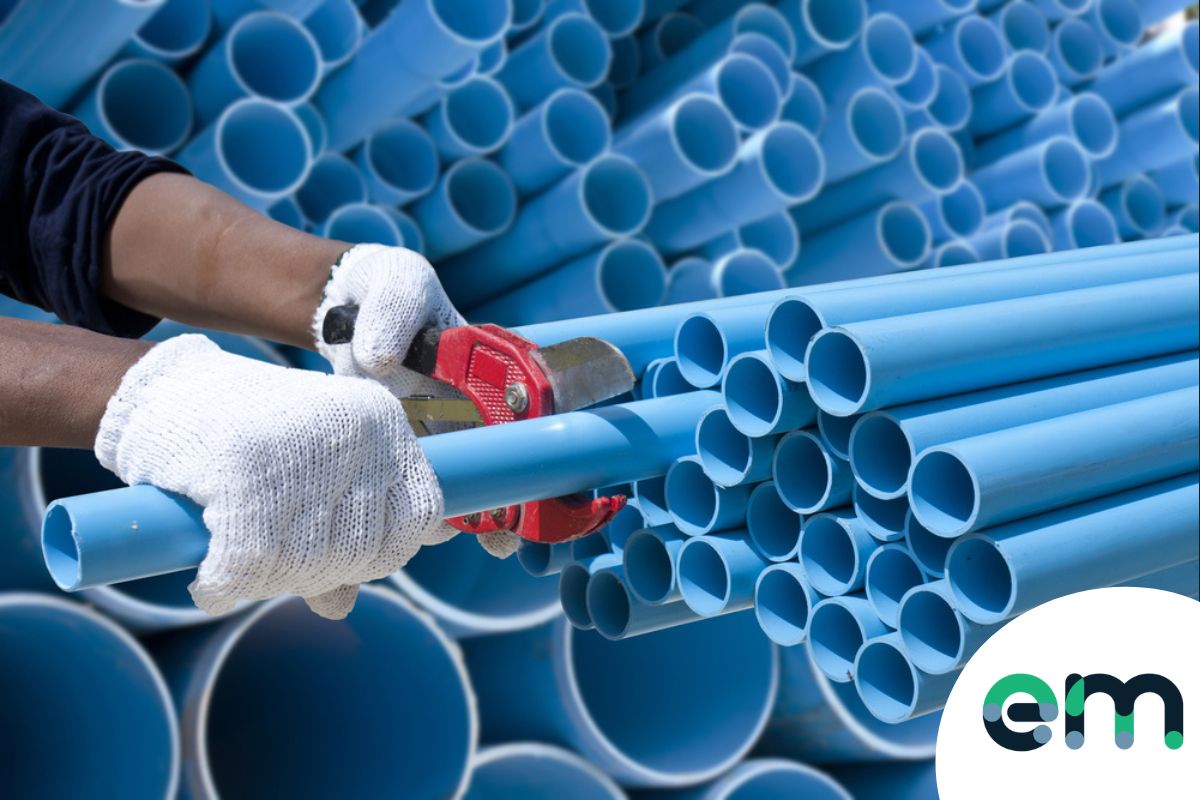
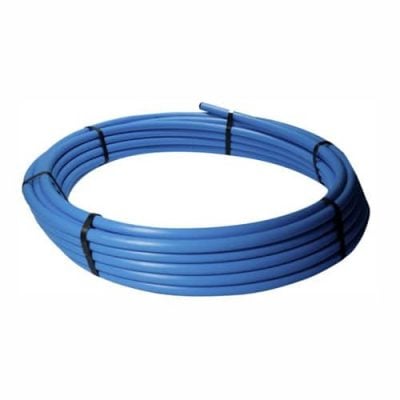
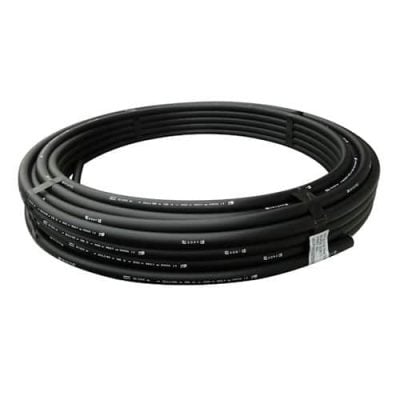
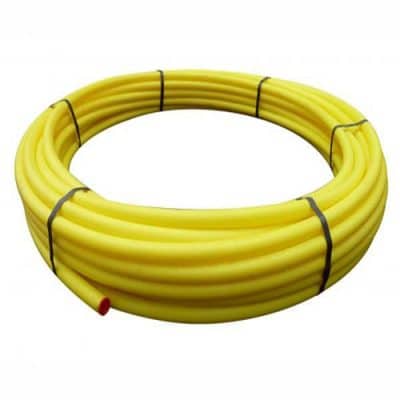
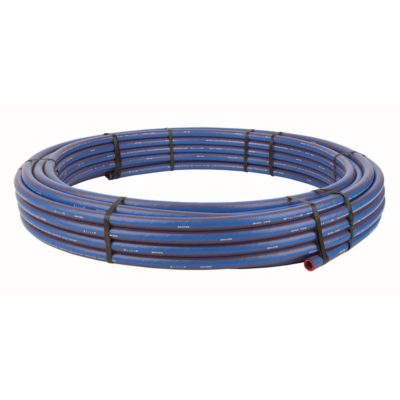

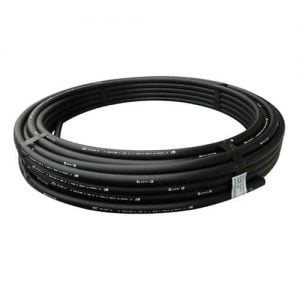
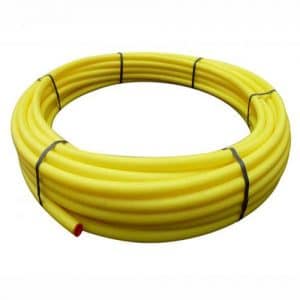
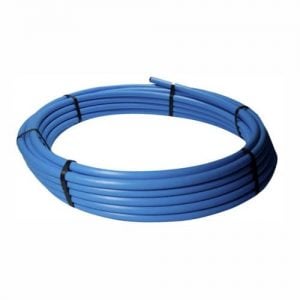
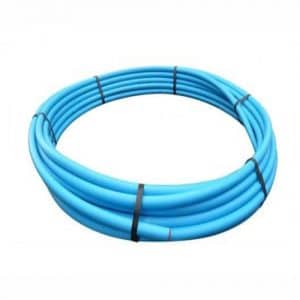
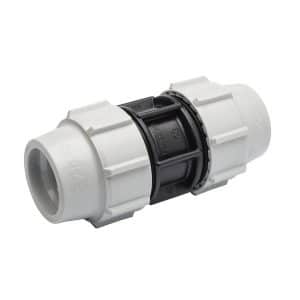
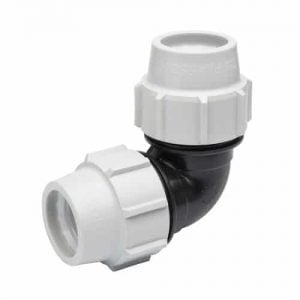
I will like to know if you can import 110mm HDPE PN 16 pipe and 50mm HDPE PN 16 pipe to Ghana West AFrica.
I would like to know more about your products.
I deal in irrigation suff
Waiting for your reply
Thank you